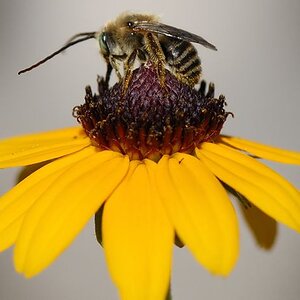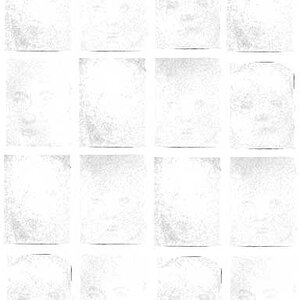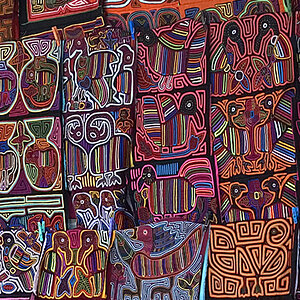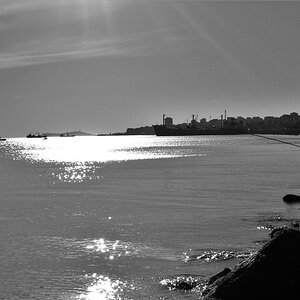abraxas
No longer a newbie, moving up!
- Joined
- Aug 15, 2006
- Messages
- 10,417
- Reaction score
- 9
- Can others edit my Photos
- Photos NOT OK to edit
I haven't paid too much attention to my little scurrying friends in the last couple years. But lately I found that if I move slow, and talk low, I can sit down right beside them and have a nice little one-sided chat.
This first one is a common side-blotched lizard I became acquainted with during a hike to Keane Springs in Death Valley.

Just behind the right front leg is the identifying side-blotch. It looks sort of like a halfmoon, or boat shape just inside the shadow. I was sitting about 3 feet from him/her. I told the tiny creature (about 6 inches long) that I wasn't interested in eating right then and thank you for the photo op.
This is another common side-blotched lizard I found roaming around while I was hiking at Amboy Crater in the eastern Mojave.

This creature apparently had been attacked, maybe a year or so ago. Most lizards have regenerating, breakaway tails. This comes in handy when a predator grabs it by the tail. The lizard releases the end portion and runs off. The predator gets a little lizard snack instead of a full meal. The tail eventually grows back as can be seen by the difference in texture on this itty-bitty beast. Almost seems like a win-win for both predator and prey. Again the identifying side-blotch can be seen on the body just behind the front leg. The lizard was about 8 inches long. Notice the difference between the design on the back of this lizard and the one from Death Valley above. I told this animal that their home was in a beautiful place and thanked them for letting me enjoy it with them. I was kneeling about 3 feet away.
This last lizard is a Mojave fringe-toed lizard I sat next to in a remote sand dune field in the east Mojave.

This lizard was about 9-10 inches long. I sat about 2 feet from it while talking about how it was the longest, fattest, juciest, looking lizard of its kind I ever seen. Notice the fringed, or extra long toes on the feet. These act sort of as snowshoes keeping the tiny little feet from sinking in the sand. Other features include reversed nostrils and interlocking eyelids. Both of these help the reptile when under the sand, which they often are to regulate their sensitive body temperature.
I've never ate a lizard, but someday I might.
This first one is a common side-blotched lizard I became acquainted with during a hike to Keane Springs in Death Valley.

Just behind the right front leg is the identifying side-blotch. It looks sort of like a halfmoon, or boat shape just inside the shadow. I was sitting about 3 feet from him/her. I told the tiny creature (about 6 inches long) that I wasn't interested in eating right then and thank you for the photo op.
This is another common side-blotched lizard I found roaming around while I was hiking at Amboy Crater in the eastern Mojave.

This creature apparently had been attacked, maybe a year or so ago. Most lizards have regenerating, breakaway tails. This comes in handy when a predator grabs it by the tail. The lizard releases the end portion and runs off. The predator gets a little lizard snack instead of a full meal. The tail eventually grows back as can be seen by the difference in texture on this itty-bitty beast. Almost seems like a win-win for both predator and prey. Again the identifying side-blotch can be seen on the body just behind the front leg. The lizard was about 8 inches long. Notice the difference between the design on the back of this lizard and the one from Death Valley above. I told this animal that their home was in a beautiful place and thanked them for letting me enjoy it with them. I was kneeling about 3 feet away.
This last lizard is a Mojave fringe-toed lizard I sat next to in a remote sand dune field in the east Mojave.

This lizard was about 9-10 inches long. I sat about 2 feet from it while talking about how it was the longest, fattest, juciest, looking lizard of its kind I ever seen. Notice the fringed, or extra long toes on the feet. These act sort of as snowshoes keeping the tiny little feet from sinking in the sand. Other features include reversed nostrils and interlocking eyelids. Both of these help the reptile when under the sand, which they often are to regulate their sensitive body temperature.
I've never ate a lizard, but someday I might.














